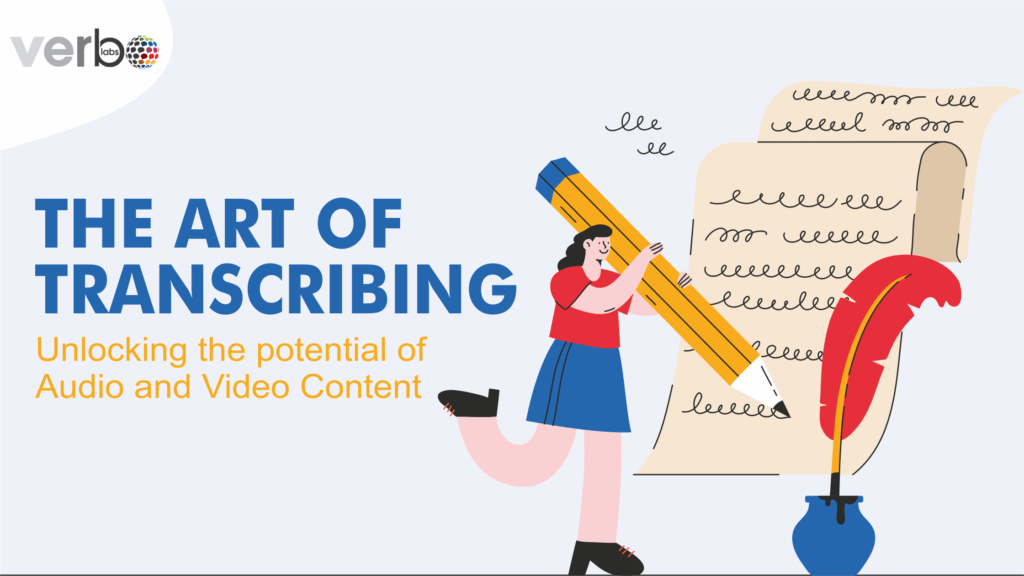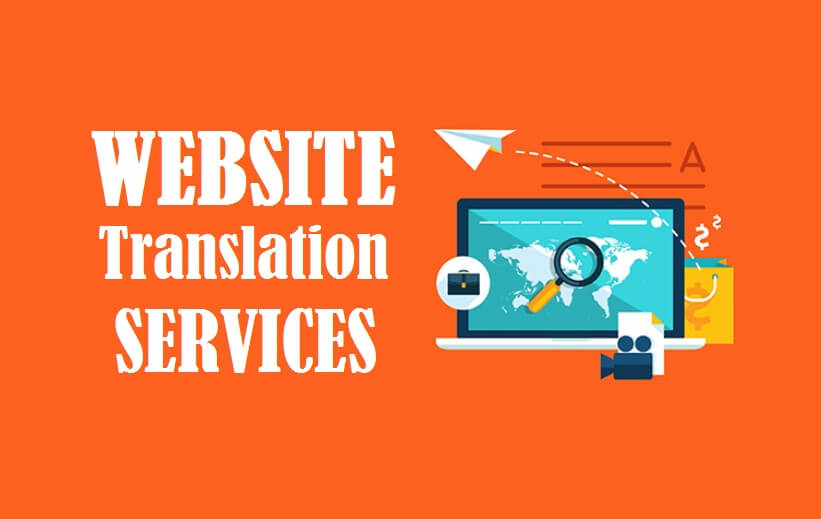In this fast-paced era, the need to keep updated about the surroundings has become immensely vital. A considerable amount of content is available on the internet in audio and video formats. The contents could be recorded meetings, podcasts, webinars, and interviews. But people are so occupied these days that they need more time to consume lengthy audio or video content. So, to balance this dilemma, transcription comes to the rescue. Transcribing refers to converting spoken language or audio content into written form. It helps the user to consume the audio or video content in written format.
What to expect from Transcribing?
- Professional transcribing delivers the content with accuracy.
- Users can avoid listening to lengthy audio/video.
- Transcribing makes audio and video content accessible to individuals who are deaf or hard of hearing.
- Audio or video content can be repurposed by using transcribed content in creating blogs, articles, and e-books.
- Transcriptions aid in content analysis and study by offering a searchable and analyzer-friendly text format.
Content accuracy
Content accuracy is essential when delivered to the public. In this case, transcribing ensures the credibility of the content conveyed by exactly converting the spoken words into written format. Multiple times oral communication can be unclear or open to misunderstanding because of barriers like dialects, speaking patterns, and background noise. But, by putting the touch into written form, transcription contributes to the clarity and improvement of the message’s precision.
In addition to documenting spoken words, transcriptions also offer background information by including the details like speaker identity, nonverbal clues, and timestamps that contribute to a deeper comprehension of the content. Additionally, it takes care to rephrase any jargon, technical terms, or subtle dialogues in the audio or video. All these elements prove the content’s accuracy that can be received by transcribing. Also, accurate transcribed content can be beneficial in specific contexts, such as legal proceedings or compliance-related matters.
Users can avoid consuming lengthy audio/video
In this hustle-infused life, listening to lengthy audio and videos is complex. On the other hand, knowing the information that affects your daily life is also crucial. To utilize the limited time and keep yourself updated, transcribed documents of audio and video content can be helpful. In the case of academics and research settings, reading the range is much simpler than going through the entire audio or video related to the field. Transcribed academic and research documents will contain only the necessary information and save the user from creating notes or minutes of the meeting on different lectures, interviews, and meetings. So, transcription can save a lot of time and help the user be more productive by reading relevant information and avoiding lengthy audio or video.
Increase accessibility
By making knowledge accessible and understandable to a larger audience, transcription plays a vital part in improving accessibility. Providing a written form of the spoken content allows individuals with hearing impairments to access the information. Individuals who are not fluent in the original language of the content can benefit from transcription by having it translated into multiple languages. You can improve the comprehension of the information for non-native speakers and others with poor language skills by transcribing and translating the content. Transcription encourages inclusion by making content accessible to a broader range of people regardless of their unique requirements or circumstances.
Repurposing Content
Transcribed content acts as a foundation for many other written creatives. A written transcript can highlight important points, produce social media tidbits, write blog entries, or even publish articles. This multi-channel distribution broadens the audience for the material you created, increases its impact, and accelerates the creative process. You can localize your material for audiences throughout the world by translating transcripts into several languages. Search engines can crawl and index the text on your website or blog if you include transcriptions, which raises the visibility of your material in search results. This improves your content’s discoverability and search engine optimization (SEO), increasing organic traffic to your website.
Aid in content analysis and study
Researchers can methodically organize and structure the data using transcriptions. Written content can be managed and categorized more easily than audio or video content. The text can be divided into meaningful parts, given labels or codes, and then organized into a dataset for analysis. Researchers can carefully study and scrutinize the information thanks to transcriptions. They can review the text, underline crucial passages, look for patterns or themes, and perform in-depth analysis. Data organization, in-depth analysis, content-coding, qualitative and quantitative analysis, cross-referencing, cooperation, and long-term accessibility are all made more accessible by transcription. Researchers who transcribe content have access to a helpful tool that helps them conduct in-depth analysis, produce insights, and advance knowledge in their particular fields of study.
Conclusion
Accessibility, comprehension, information retrieval, language acquisition, analysis, SEO, note-taking, and accuracy are just a few of the advantages of transcription. It is an excellent tool for a variety of businesses and people that want to improve the usability, accessibility, and searchability of written content. Verblolabs can provide transcription services to help the company grow.



